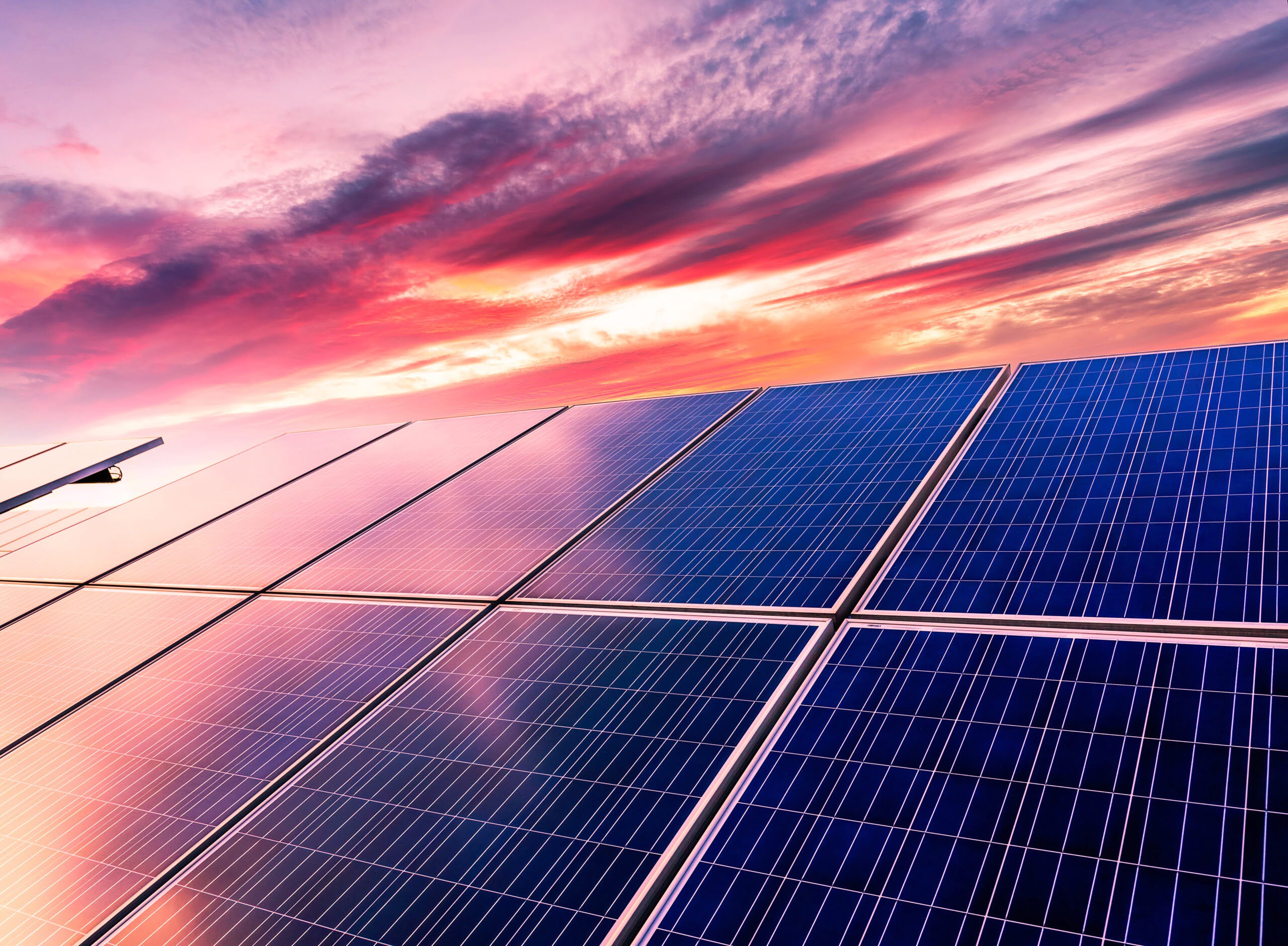
Should solar PV be a factor in your energy strategy?
If your business is interested in generating its own electricity, solar PV panels can offer many benefits - but there are also some key areas you must consider before you invest.
Solar panels are becoming an increasingly common sight on the rooftops of homes and businesses across the UK, and for good reason. If your business is interested in generating its own electricity, solar PV panels can offer many benefits – but there are also some key areas you must consider before you invest.
If your business is working towards a net-zero goal, or simply to reduce its carbon footprint, installing solar panels is an excellent way to reduce your Scope 2 emissions. With wholesale energy prices recently reaching record highs, you may also wish to switch to on-site solar energy in order to cut your electricity bills. And you could even make money by exporting electricity generated by your solar panels back to the grid.
But before you install solar panels on-site and begin to enjoy the benefits, there are five key questions that you must consider. If you’re serious about solar, you need to ask yourself:
How many solar PV panels do you need?
Determining the size of your solar PV installation can be complex, as there are a number of factors to take into account. Firstly, you will need to review your organisation’s consumption data to determine how much energy you typically use and how much of that energy you would like your solar PV panels to provide. If you’re looking to source all of your energy from your solar panels, it’s advisable to look at your maximum demand levels over the past few years and ensure that you install enough panels to meet this level of demand. If you’re only planning to source a proportion of your energy from solar, then you will need to work out how many panels you need to provide that volume of energy.
These calculations can be tricky, because the output you can expect to receive from your solar panels will vary depending on the type of solar panels you choose, where you are located and the weather. You need to remember that solar energy generation can be intermittent – your panels will generate less energy on cloudy days, for example, and in the winter when daylight hours are fewer. The further north your business is located, the lower your solar output is likely to be. And there are a huge range of solar suppliers and types of solar panels on the market, which means the level of efficiency you get can vary significantly from one supplier to the next. We recommend seeking external support from on-site generation experts at this stage of the process, to ensure that the panels you choose can help your business to achieve its goals.
Where will you locate your panels?
Although many businesses choose to mount their solar panels on their roofs, they can also be installed on the ground. When choosing where to locate your solar panels, it’s important to assess where they’re likely to receive the most direct sunlight. South-facing roofs are typically best for this reason, and if you’re opting for a ground-mounted system then you will need to ensure that shade won’t be cast on your shadows by nearby buildings or trees.
You will also need to carefully calculate the space your installation will require. Once you have a clear idea of how many panels you will need to install, you will be able to assess your site for suitable space. Typically, one square meter of solar panel equates to around 175W of power (in ideal conditions). This is why many organisations choose to install their panels on the rooftop, as it can be difficult for businesses to find space elsewhere on their sites.
Will it suit your energy profile?
Solar energy generation can be intermittent – your panels will generate less energy on cloudy days, for example, and in the winter when daylight hours are fewer. If your business operates overnight, or your energy usage increases substantially in the winter months, then you need to consider how you will ensure that you always have a supply of energy when you need it.
You will therefore need to get a clear picture of your organisation’s load profile, which shows you how and when your business uses energy. You may use more energy in the morning than in the afternoon, for example, or your energy use may stay fairly constant throughout the day. Once you understand your load profile, you can plan for how solar will supply your business. Perhaps you will only source part of your total energy volume requirements, or you will use solar energy during the day and switch to grid energy at night. Or you may wish to invest in battery storage at the same time as you install your solar project. With a battery on site, your business will be able to store any excess energy generated by its solar panels for use when they aren’t generating enough energy to meet your requirements.
Do you have permission to install solar panels on site?
Wherever you install your solar panels, a range of surveys will need to be conducted to ensure that your chosen location is suitable to accommodate solar panels, such as a structural survey of your building’s roof. If you’re installing solar panels on the roof of your building and your project is <1MW in size, it should be covered by permitted development rules (although it is always worth checking with your local planning authority).
Larger rooftop installations and ground-mounted installations will require planning permission, and they may also require an Environmental Impact Assessment (EIA), which evaluates the potential environmental impacts of the installation. If your business rents its premises, you will also need to secure your landlord’s approval for your planned solar panels before you progress any further. It’s crucial to ensure that you have all the permissions required before installing your solar panels.
Can you afford to invest in solar PV?
The cost of installing solar panels has fallen by around 70% since 2010, but your project may still require significant upfront investment depending on the size of your system and the type of solar panels you’re investing in. Actual costs will vary from supplier to supplier, but a small commercial system of around 5-9W typically costs around £8,000-£14,000 to install, while a larger 50W system could cost around £70,000.
Last year, the Government announced a new form of tax relief – a 50% First-Year Allowance – for special rate assets, including solar PV panels. If your business invests in solar panels before 31st March 2023, you will be able to claim the 50% First-Year Allowance, which means you will only pay corporation tax on your profits minus 50% of the value of your solar investment. So while the upfront costs of installing solar PV may be high, you may be able to offset some of these costs by claiming this tax relief.
You could even make money from your solar panels by selling excess energy back to the grid through the Smart Export Guarantee (SEG) scheme. Under the SEG, some electricity suppliers will pay businesses with solar PV systems up to 5MW for exporting the low-carbon energy their solar panels generate back to the grid. If you’re interested in getting involved in the SEG scheme, make sure you confirm that this is possible with your energy supplier before investing, as only certain suppliers offer this benefit.
Start planning your solar project
We know that scoping out your solar PV project can be daunting, but if your business is keen to seize the benefits of solar, our team of on-site generation experts can make the process completely stress-free for your team.
We’ll help you to plan, install and optimise your solar panels, so you can get the most value out of your investment – to find out more, call us on 01772 689250 or email [email protected].










